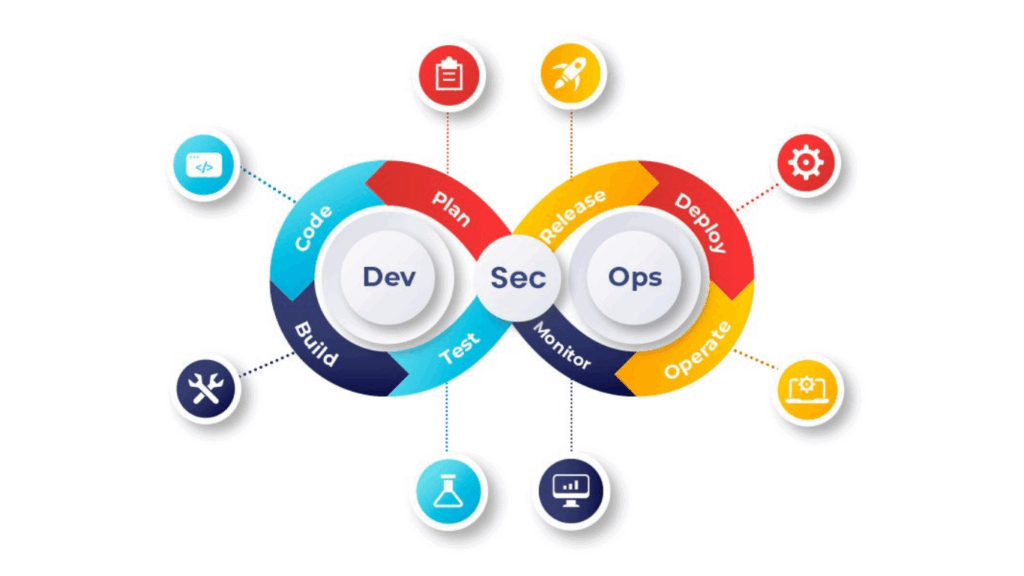In the rapidly evolving landscape of software testing, reporting is critical for effective communication and analysis of test findings. Extent Report in Selenium has gained significant popularity among Selenium users, providing a comprehensive solution for creating detailed and interactive reports that transform test data into easily understandable insights.
This reporting tool enhances the clarity and visibility of test results by offering features like in-depth logs, customizable dashboards, and screenshots for failed tests, making it a powerful asset in any test automation setup. By allowing teams to view, analyze, and share results more effectively, it helps improve communication, streamline debugging, and ultimately leads to more informed decisions in the software development process.
This comprehensive reporting system transforms raw test data into visually engaging formats, enhancing the visibility and comprehension of test execution results for both technical and non-technical stakeholders. For those looking to incorporate advanced reporting into their skillset, Selenium certification provide an excellent opportunity to learn its full capabilities.
- Extent Report is a powerful reporting package created exclusively for Selenium WebDriver. It provides numerous capabilities that allow testers to build visually appealing and useful reports.
- The primary goal of the Extent Report is to provide clear and comprehensive reports that aid in the discovery of test failures, monitoring progress, and facilitating data-driven decision-making.
- In Selenium, extended reports are interactive and use HTML-based reporting. The reports generated are visually beautiful, user-friendly, and easy to navigate.
- They display detailed data such as test case status, execution time, log statements, screenshots, and exception information.
- Extent Report also supports the creation of history reports, allowing testers to compare results from various test runs.
- Extent Reports can categorise and assign tests to various test suites. This category helps to organise tests based on a variety of characteristics, including functionality, priority, and business sector.
- This reporting tool integrates seamlessly with common build tools and continuous integration (CI) servers, including Maven, Jenkins, and TeamCity.
- This integration enables the automatic generation of reports following each test execution, ensuring that the information for the entire team is up to date and easily accessible.
Benefits of Using Extent Report in Selenium
When combined with Selenium, this tool offers a powerful solution for generating detailed, visually engaging test reports that enhance test automation workflows. By providing clear, interactive insights into each test’s performance, it makes it easy to communicate test results to stakeholders, streamline debugging, and identify areas for improvement.
The in-depth logging, customizable dashboards, and visual elements like screenshots for failed tests enable teams to make data-driven decisions more efficiently, ultimately improving both the quality and reliability of the software.
- Brief and Comprehensive Reporting: This reporting tool generates brief and well-organized reports that contain detailed information on test execution, such as test status, duration, and error logs. Its user-friendly interface delivers data in a visually appealing manner, allowing stakeholders to understand the overall test progress and spot errors.
- Real-Time Monitoring and Analysis: This reporting tool enables real-time monitoring of test execution, allowing for the rapid discovery of any faults or bottlenecks. The ability to dynamically track test progress enables teams to respond quickly and make informed decisions based on the report’s live status updates.
- Customizable and Interactive Dashboards: This reporting tool provides customizable dashboards that allow customers to tailor the report’s style and information to their specific needs. This flexibility enables the creation of interactive charts, graphs, and visual representations, which improves report readability and facilitates data-driven analysis.
- Multi-Level Reporting: The hierarchical structure of Extent Report enables multi-level reporting, making it ideal for projects with complicated test scenarios. It allows for the development of reports at multiple levels, such as module-wise, test suite-wise, or individual test-wise, which provide extensive insights into specific application areas under test.
- Seamless Integration and Extensibility: This reporting tool works smoothly with Selenium, making it simple to integrate into existing test automation frameworks. It also supports the integration of extra libraries and frameworks, which expands its capabilities and interoperability with other tools and technologies.
If you are a beginner in Selenium testing, it is advised that you learn Selenium online for better understanding.
How to Generate Extent Reports?
To successfully generate reports in Selenium, start by installing the library in your project to enable robust reporting. This installation process is straightforward and can usually be done by adding the required dependency to your build configuration file, such as Maven or Gradle, or by downloading the library manually. Once installed, initialize an ExtentReports instance in your test script, specifying the file path where you want the report saved, ensuring easy access to all test details.
For each test, create ExtentTest instances to log critical steps, statuses, and additional details like screenshots of failures, which help provide visual clarity on issues encountered.
After each test, mark its status (pass, fail, or skip) and call the flush() method on ExtentReports to finalize and save the report, ensuring that all captured data is included in the final output. This streamlined setup makes it easy to generate professional, insightful test reports, allowing teams to communicate results effectively and make data-driven improvements to the software.
This structured approach allows you to generate detailed, interactive reports, making it easier to analyze test outcomes, track project progress, and make data-driven decisions to improve software quality.
Step 1: Setting Up the Selenium Environment
It is critical to ensure that your environment is properly configured. It includes installing critical software components, namely the Java Development Kit (JDK), Selenium WebDriver, and an Integrated Development Environment (IDE) such as Eclipse or IntelliJ.
Step 2: Implement Extent Reports Dependency
To include Extent Reports in your Selenium project, add the dependency to your project’s build configuration file (pom.xml for Maven projects). Select the correct version of Extent Reports to ensure compatibility with your Selenium WebDriver.
Step 3: Configuring Extent Reports
Configure your reports with factors such as the report path, report name, document title, and various customization choices. This critical stage allows you to tailor the report production process to meet the specific needs of your project, providing flexibility in how data is presented and stored. Customization options might include defining theme colors, enabling or disabling charts, or specifying metadata to make the report more informative for end users.
This approach ensures that the generated reports are not only detailed but also visually aligned with your project’s branding and documentation standards.
Step 4: Initialising Extent Reports
Start the startup procedure by creating an instance of the ExtentReports class in your Selenium test suite. Specify the report’s desired output path and, if applicable, give other details such as system information and test environment specifications.
Step 5: Generate Extent Reports
During test execution, extract relevant test results and send them to Extent Reports. Use the ExtentReports instance to create test logs, assign categories, include images, and provide detailed information on test failures, successes, and other relevant data.
Conclusion
Incorporating reports into your Selenium testing workflow offers significant benefits by enhancing the clarity, accessibility, and detail of test results. The visually rich, customizable reports allow teams to understand test outcomes better, facilitating more transparent communication between QA, development, and management teams.
With capabilities such as real-time dashboards, screenshots on failures, and in-depth logs, these reports provide a comprehensive view of test activities and their results, allowing teams to pinpoint issues with precision. By centralizing test details, they make it easier for stakeholders to understand the overall quality of the software and address any issues quickly.
Additionally, the interactive elements within the reports help QA teams track progress over time and identify recurring patterns, which can be invaluable for improving the efficiency and effectiveness of future tests. This detailed reporting ultimately leads to a higher standard of software quality and fosters better collaboration across teams.
By integrating these detailed reports, QA teams can make data-driven decisions to improve the quality and performance of their applications. These reports support a proactive testing culture, where test results are not just pass-or-fail outputs but insightful data points that inform future testing strategies, enhance defect tracking, and optimize development efforts.
This reporting tool transforms testing outcomes into valuable feedback, contributing to continuous quality improvement and faster, more efficient software releases. Ultimately, it helps ensure that the entire software lifecycle is backed by a structured, results-oriented testing process, making it indispensable for high-stakes projects that demand the highest levels of accuracy, accountability, and quality assurance.
Experience the benefits of this invaluable reporting tool and take your Selenium testing to the next level.
Call to Action
Are you looking to elevate your Selenium testing skills with comprehensive, visually-rich reports? Extent Report offers a powerful solution that transforms basic test results into detailed, insightful reports, making it easier to understand and communicate test outcomes. With features like customizable dashboards, screenshots on failures, and full logs, Extent Report is a valuable addition to any QA toolkit, enabling better analysis, visibility, and documentation of test activities.
Mastering this reporting tool can significantly enhance your ability to present test data effectively, making it indispensable for those seeking excellence in test automation.
At H2K Infosys, we provide in-depth selenium training on “What is Extent Report in Selenium?” and guide you on effectively integrating it into your automation workflow. Our expert-led courses cover all essential features and use cases, helping you to build visually appealing, highly informative reports that add value to your testing process.
Enroll with us today to gain hands-on experience, industry insights, and the confidence to take your Selenium testing to the next level. Unlock your potential with H2K Infosys and become a skilled QA professional with a competitive edge!





























